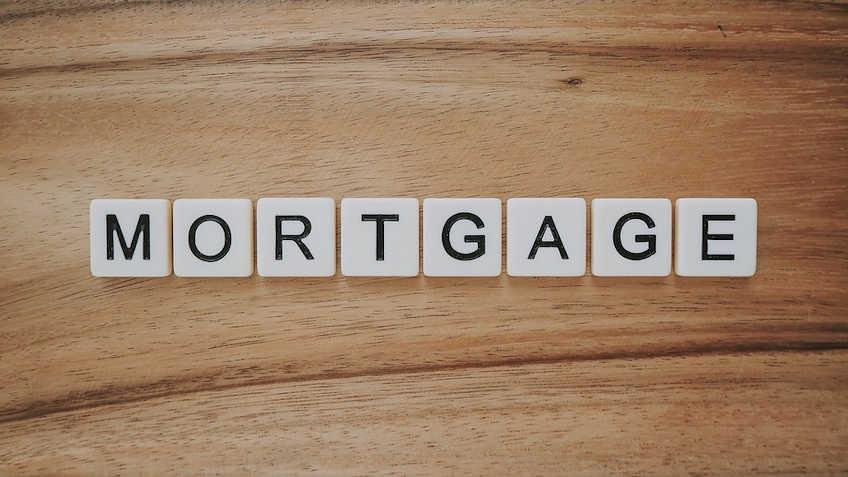MoneySavingExpert’s Martin Lewis offers trusted guidance on travel insurance, helping UK travellers find affordable holiday insurance without skimping on cover.…
Read More

MoneySavingExpert’s Martin Lewis offers trusted guidance on travel insurance, helping UK travellers find affordable holiday insurance without skimping on cover.…
Read More
Air Transat stands out as a leading Canadian budget airline, delivering reliable service on domestic and international routes. Renowned for…
Read MoreTravel insurance is an essential shield against the unpredictable nature of travel, offering financial protection from issues ranging from minor…
Read MoreWhile bank cards and digital payments dominate modern finance, the cheque (chèque) remains a surprisingly common method of payment in…
Read More
The journey from the bustling energy of New York City to the romantic elegance of Paris, the “City of Love,”…
Read More
France, long renowned for offering some of the most stable and favourable mortgage conditions in the Eurozone, has recently navigated…
Read More
The 19th-century Château de la Motte Husson, the majestic home of Dick Strawbridge and Angel Adoree from the hit Channel…
Read MoreFrench is one of Canada’s two official languages, profoundly shaping its history, culture, and political landscape. However, the concentration of…
Read More
Alaska, often referred to as “The Last Frontier,” is the largest state in the United States, famous for its unparalleled…
Read More
France, often called the geographical hub of Western Europe, holds a strategic location that has significantly shaped its history, culture,…
Read More